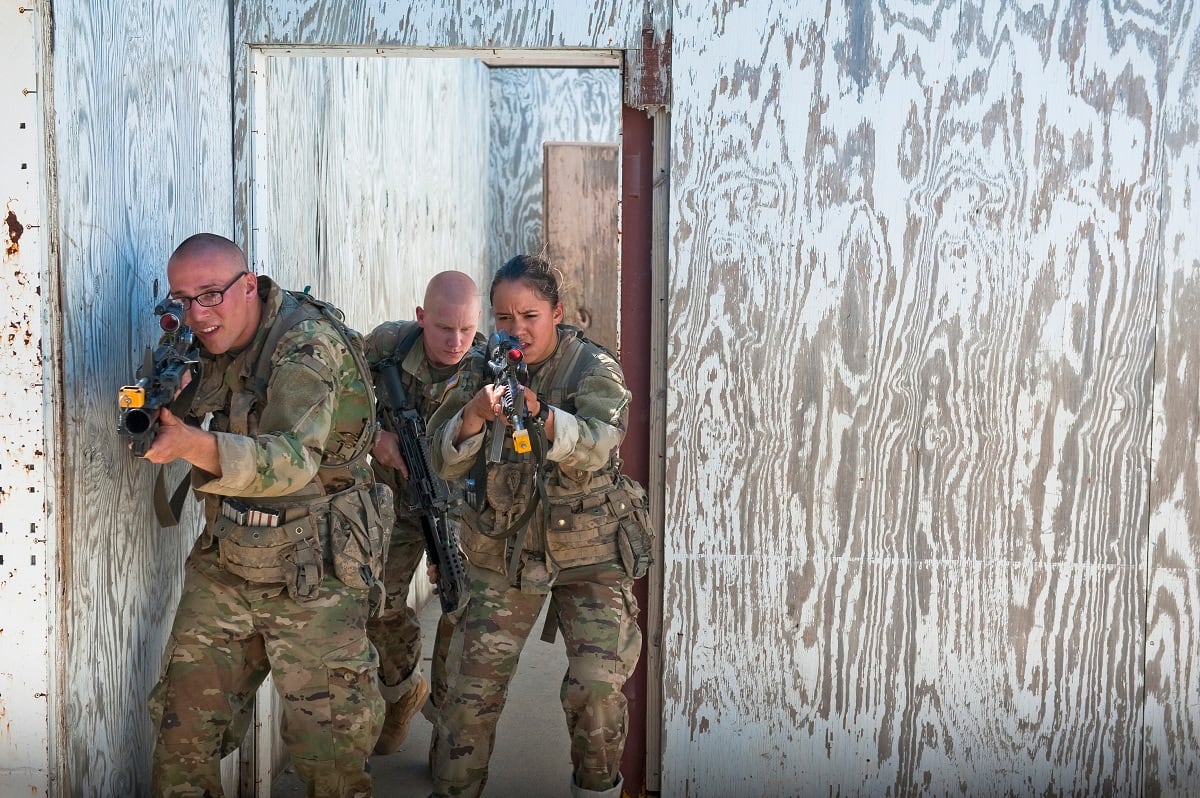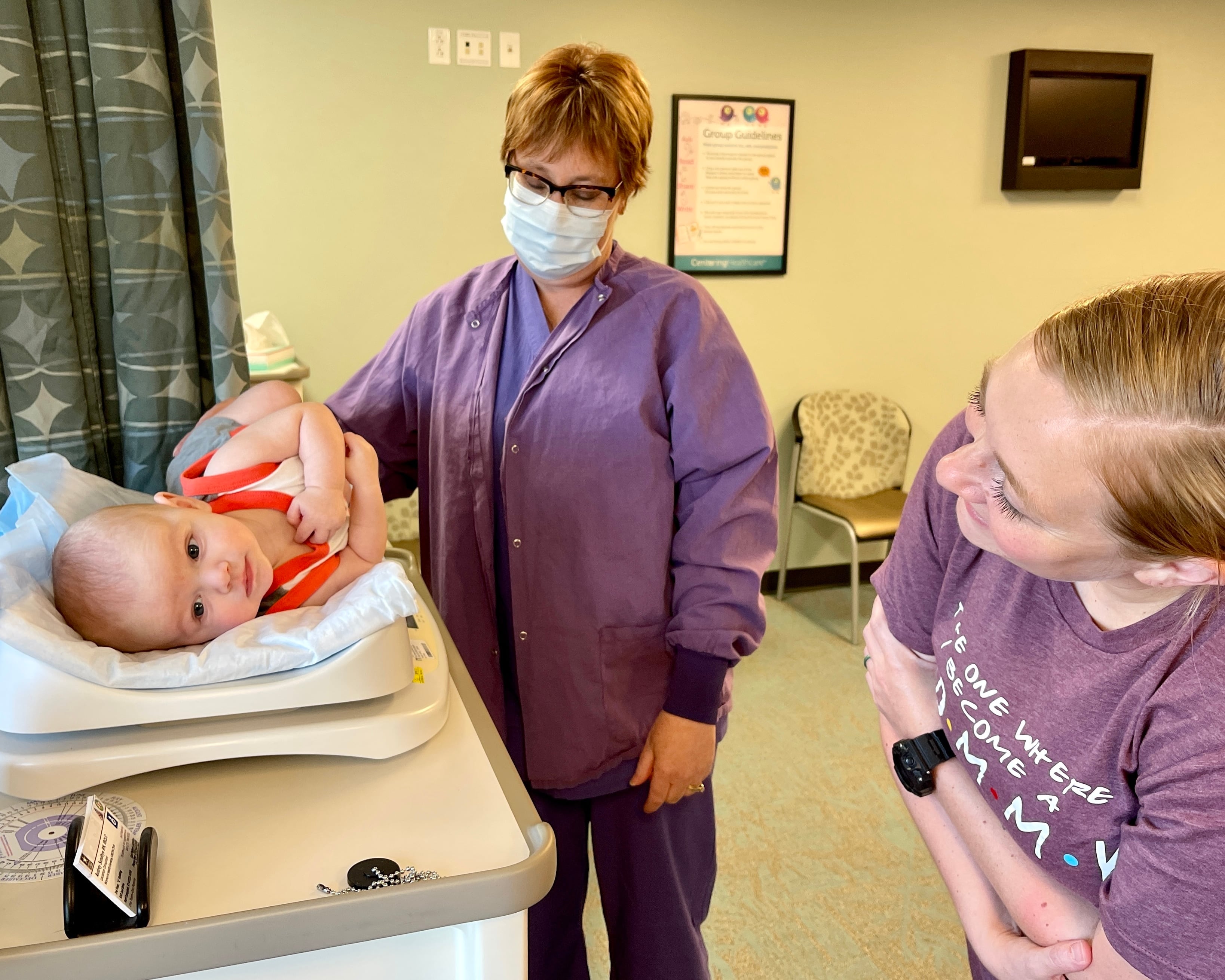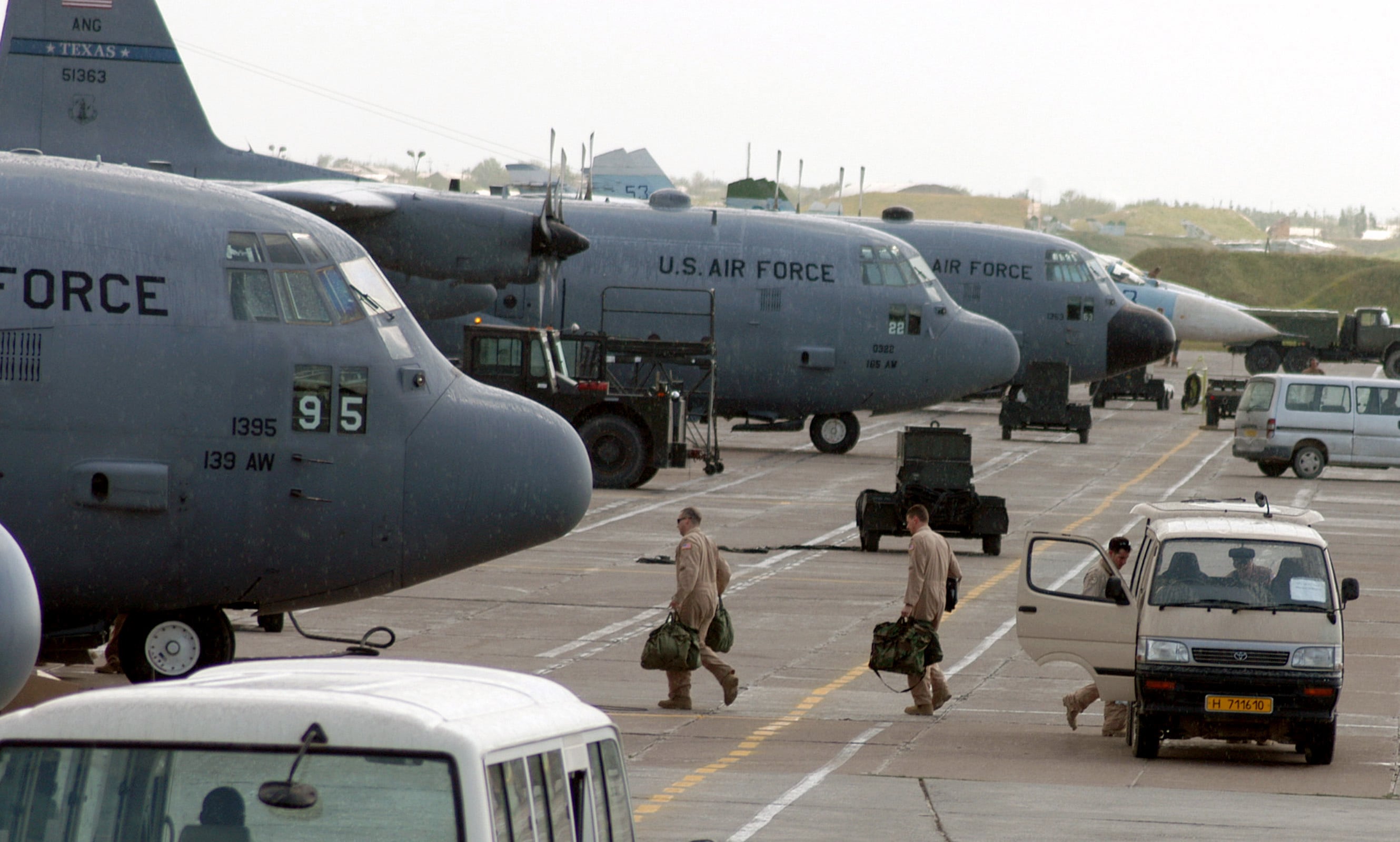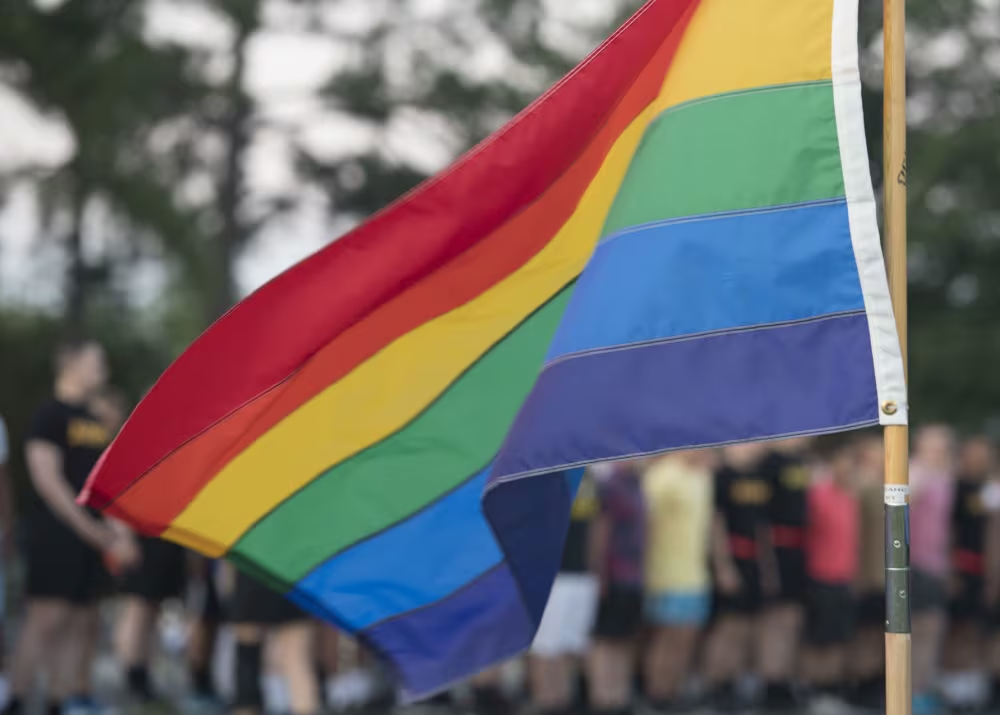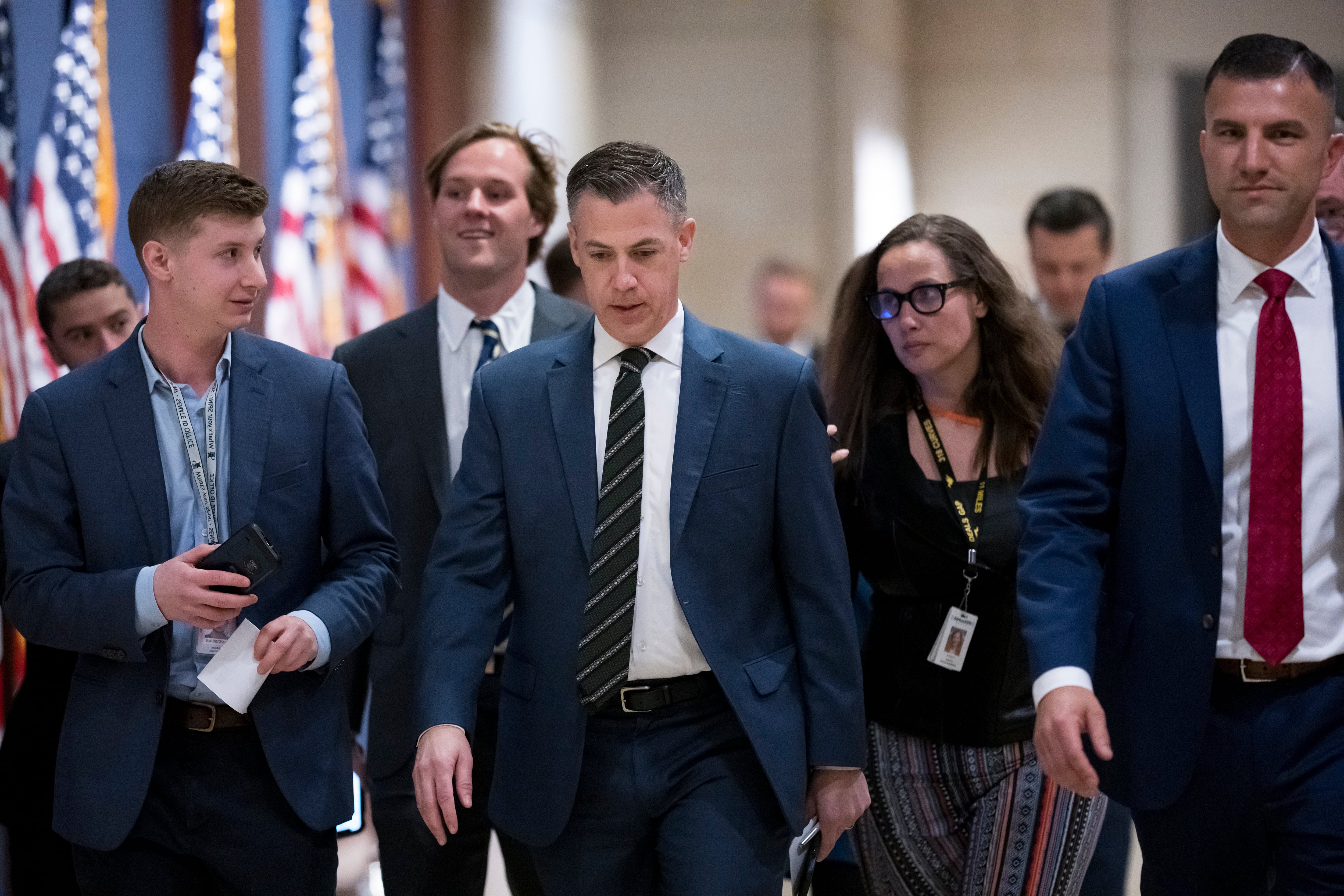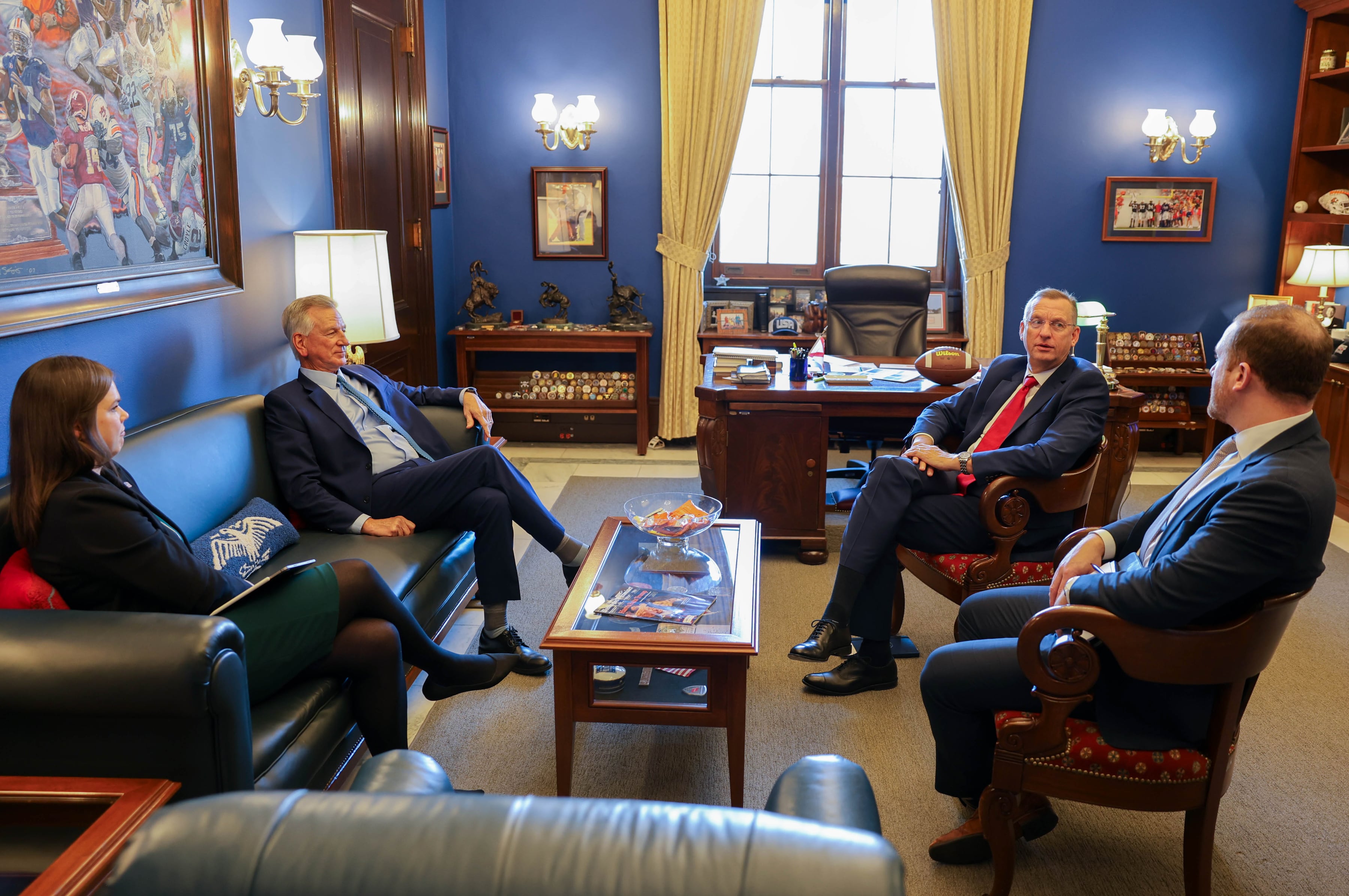The Army says it will integrate female infantry and armor troops into its last nine brigade combat teams this year, as leaders loosen the requirements governing how many female mentors must be in units before lower ranking women arrive there, the service announced last week.
The Army’s “leaders first” gender integration policy previously required there to be at least two female leaders in each company with junior enlisted women, ostensibly providing mentors and role models for both men and women. The policy has already shifted since it was introduced, but it last necessitated one female infantry or armor leader in each company, along with another woman of any job, such as a supply or signal non-commissioned officer.
That’s now being adjusted to require only one female leader, E-5 or above, of any military occupation specialty assigned at the company level, said Lt. Col. Junel Jeffrey, a spokeswoman for the Army’s deputy chief of staff for personnel.
“Because junior enlisted soldiers look to their NCOs for mentorship and guidance, the Army adjusted focus on the NCO leaders (such as signal NCOs and supply sergeants) within the unit, rather than infantry or armor officers,” Jeffrey stated in an email.
The policy adjustment also allows the director of the Army National Guard to lift the leader’s first policy for battalions that have successfully integrated junior enlisted women into at least one of their companies for more than one year, according to a recent Army news release.
Gender integration has partially been slowed by not having enough female infantry and armor leaders available, the release stated
Women currently make up less than 2 percent of the infantry and armor force. Roughly 600 women are in infantry career fields, attending training to do so or in the accession pipeline, according to the Army. For armor soldiers, that number is more than 560.
During gender integration, the Army also found that only a small number of female officers and NCOs opted to retrain into the infantry and armor career fields.
“The inventory of infantry and armor women leaders is not as high as we have junior soldiers,” said Maj. Melissa Comiskey, command policy chief for Army’s deputy chief of staff for personnel, in the release. “And their training pipeline is longer.”
When gender integration began, the leaders first policy was even more restrictive. It required two female officers or NCOs of the same military occupation to be in each company that accepted women straight from initial-entry training.
Jeffrey noted that the latest change to the leaders first policy, which was decided at the Army’s Four-Star Conference in March, reflects how the service is a “learning organization,” adding that completing the integration for the nine remaining BCTs is also a positive sign.
“Expanding the units shows the success of the program," Jeffrey said.
Kyle Rempfer was an editor and reporter who has covered combat operations, criminal cases, foreign military assistance and training accidents. Before entering journalism, Kyle served in U.S. Air Force Special Tactics and deployed in 2014 to Paktika Province, Afghanistan, and Baghdad, Iraq.
